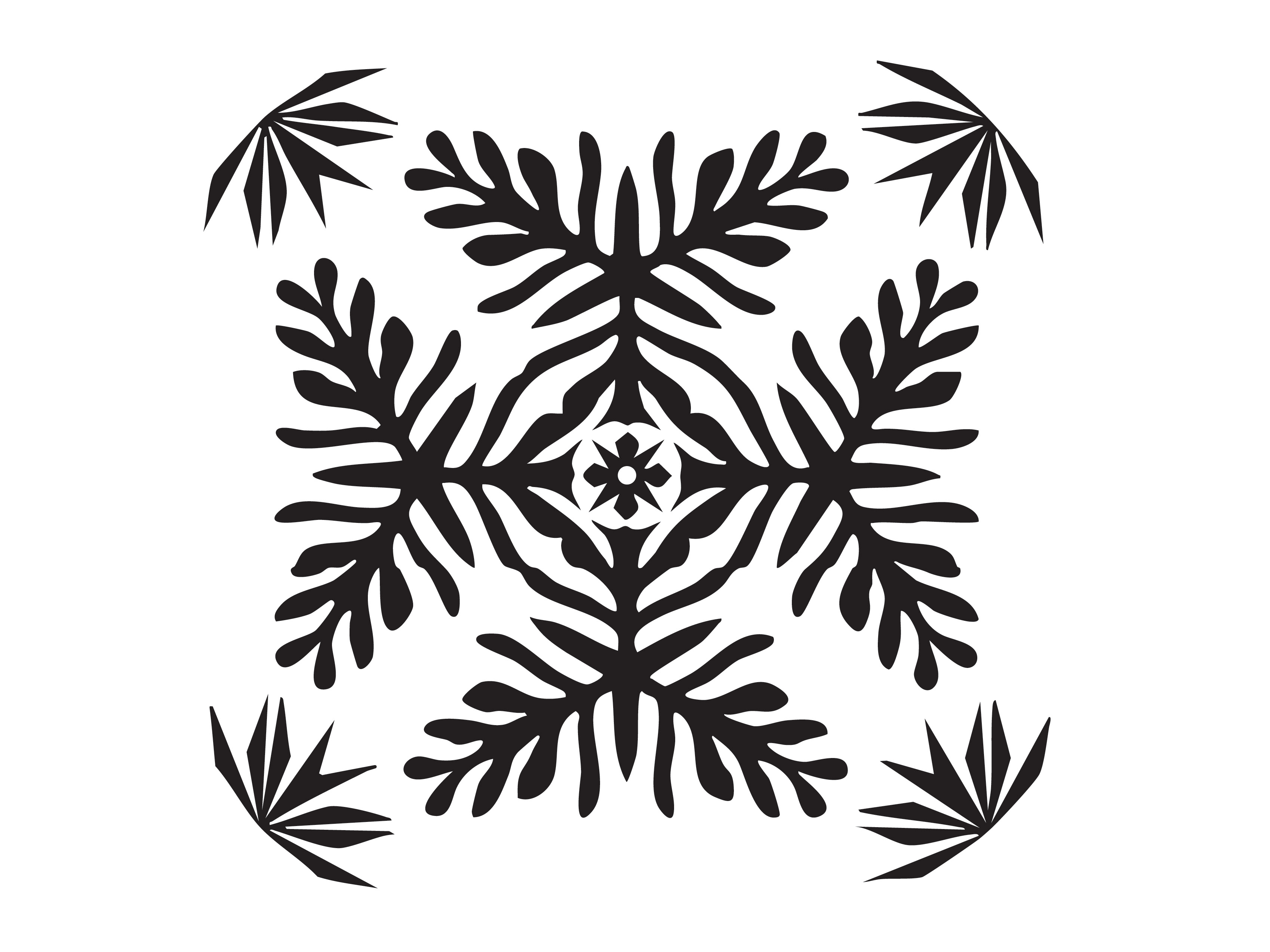
Acacia (acacia spp.)
Produces bitter-tasting tannins to
deters overgrazing and has a symbiotic relationship with ants for protection.
#Resilience through environmental adaptation#
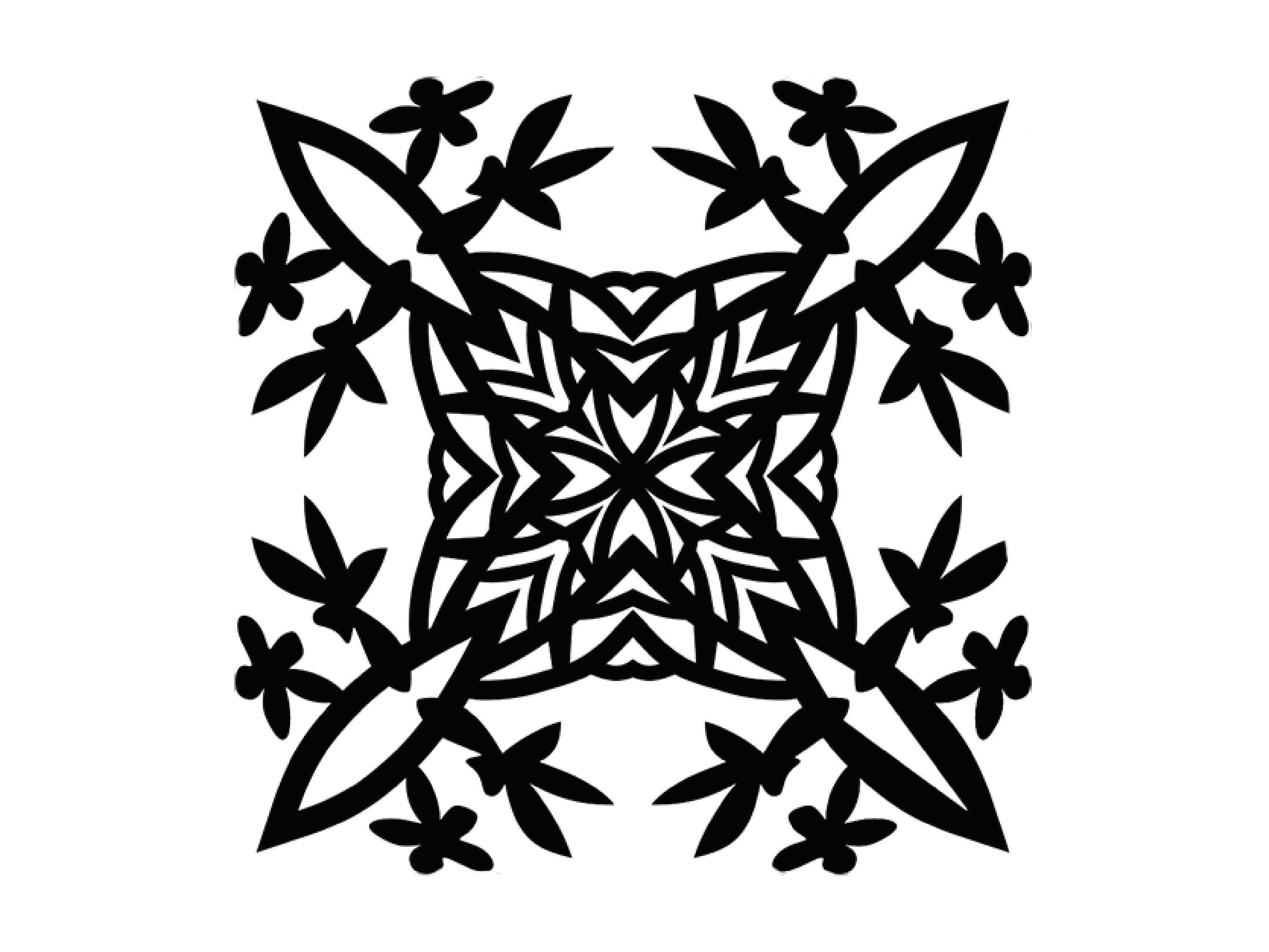
Mangrove (Rhizophora spp.)
Specialized roots filter salt and stabilize coastlines, demonstrating adaptation to saline, flood-prone areas.
#Resilience through environmental adaptation#

Mimosa (Mimosa pudica)
Closes its leaves upon touch, a rapid movement response that discourages herbivory; experiments suggest it can learn to ignore harmless stimuli.
#Movement as a form of protection to external threats#
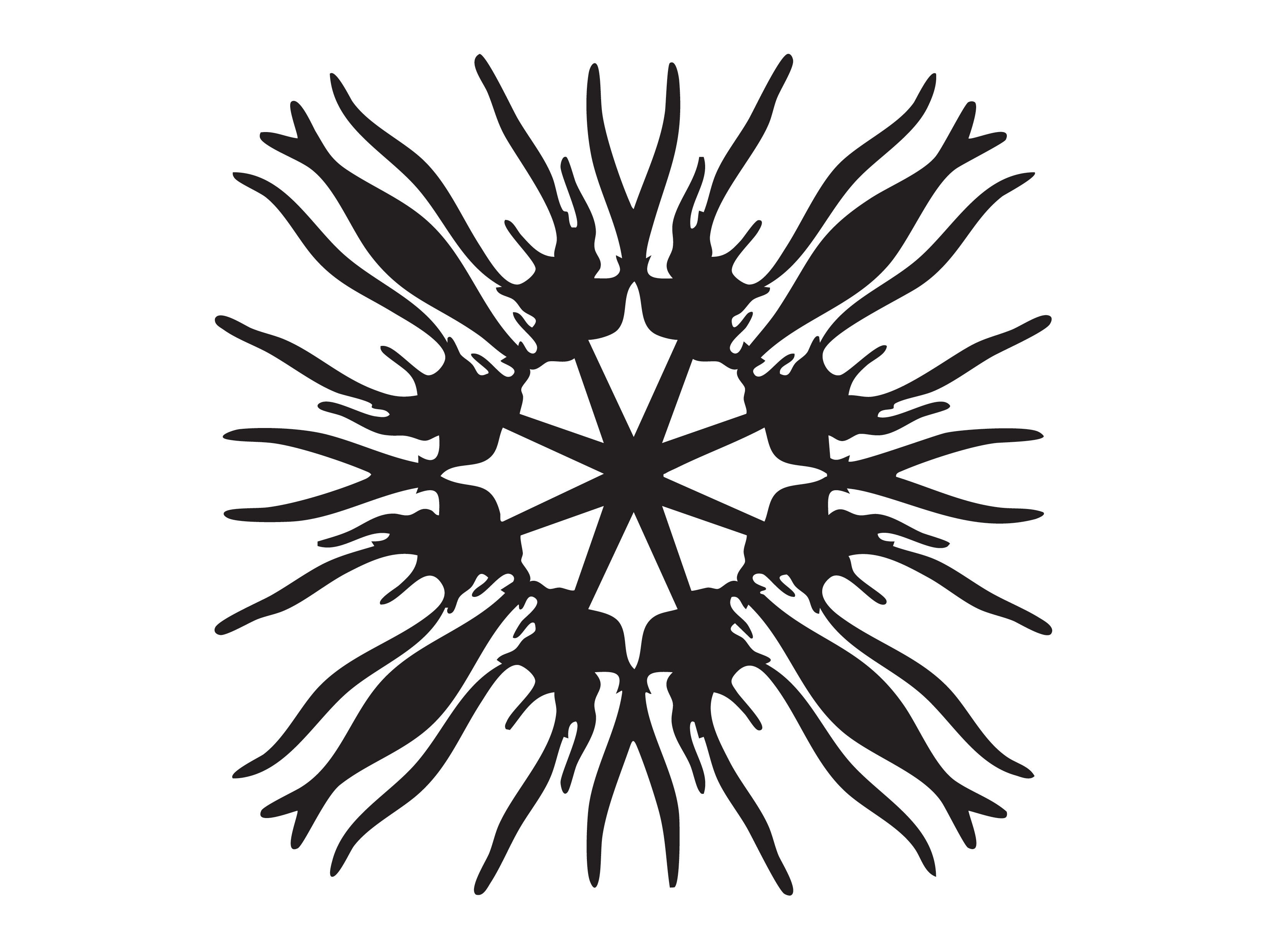
Walking Onion (allium x proliferum)
Propagates through its falling stalks and self-replanting mechanism, offering lessons on self-sustaining growth.
#Movement as a form of protection to external threats#

Trees & Fungi (Mycorrhizal Network)
Trees exchange nutrients and chemical signals via underground fungal networks, sometimes prioritizing kin over strangers.
#Communication for survival: network systems#

Batflower (Tacca chantrieri)
Mimics the appearance of a bat
to attract pollinators like flies and
beetles, demonstrating cross-species communication for survival.
#Communication for survival: network systems#

Kale (Brassica oleracea)
Converts starch into sugar in response to cold temperatures, making winter-grown kale taste sweeter.
#Temperature Regulation and Seasonal Adaptation #
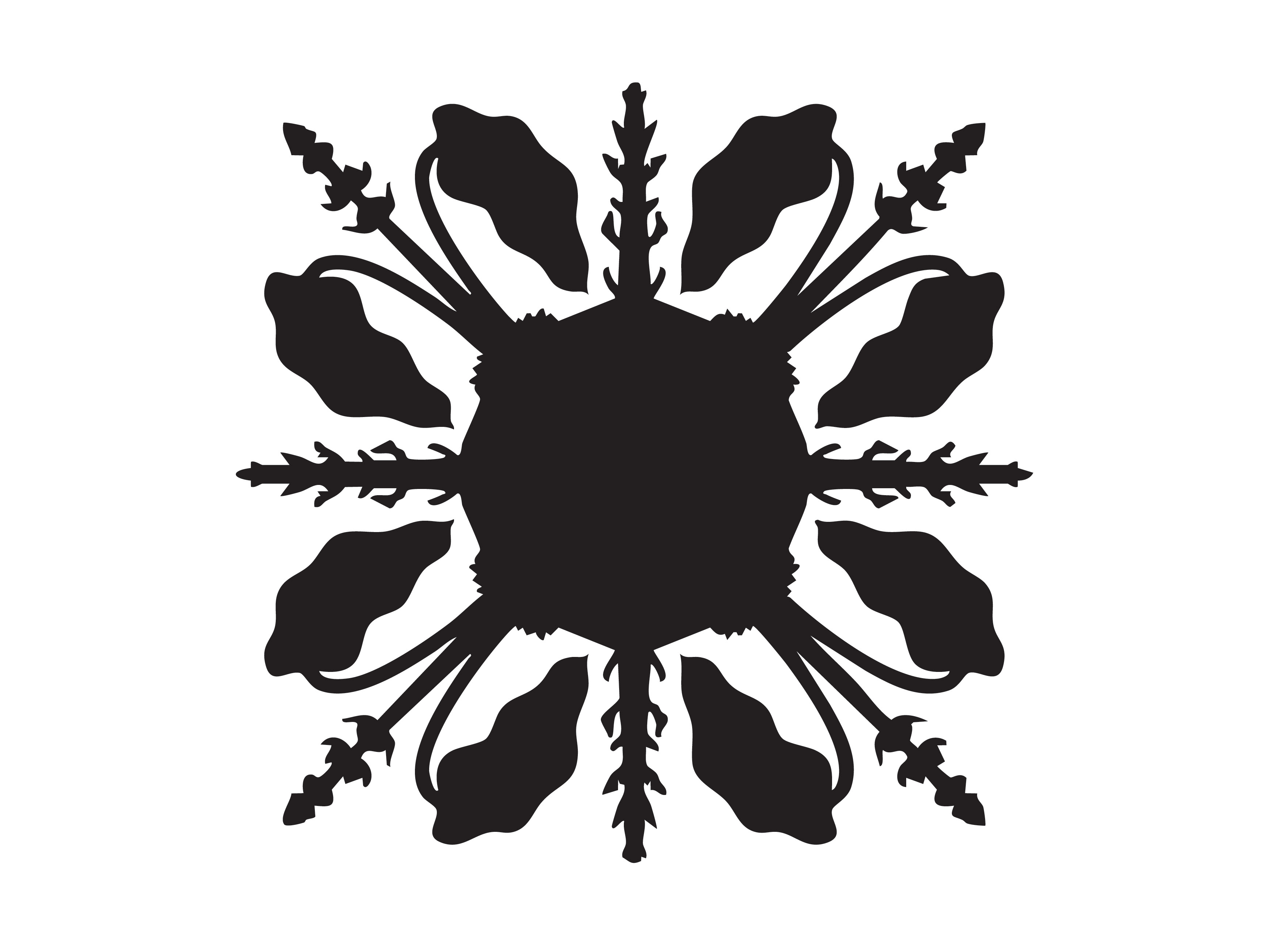
Beet (Beta vulgaris)
Stores sugar underground, adjusting Its metabolism seasonally for energy conservation and survival in harsh
conditions.
#Temperature Regulation and Seasonal Adaptation #
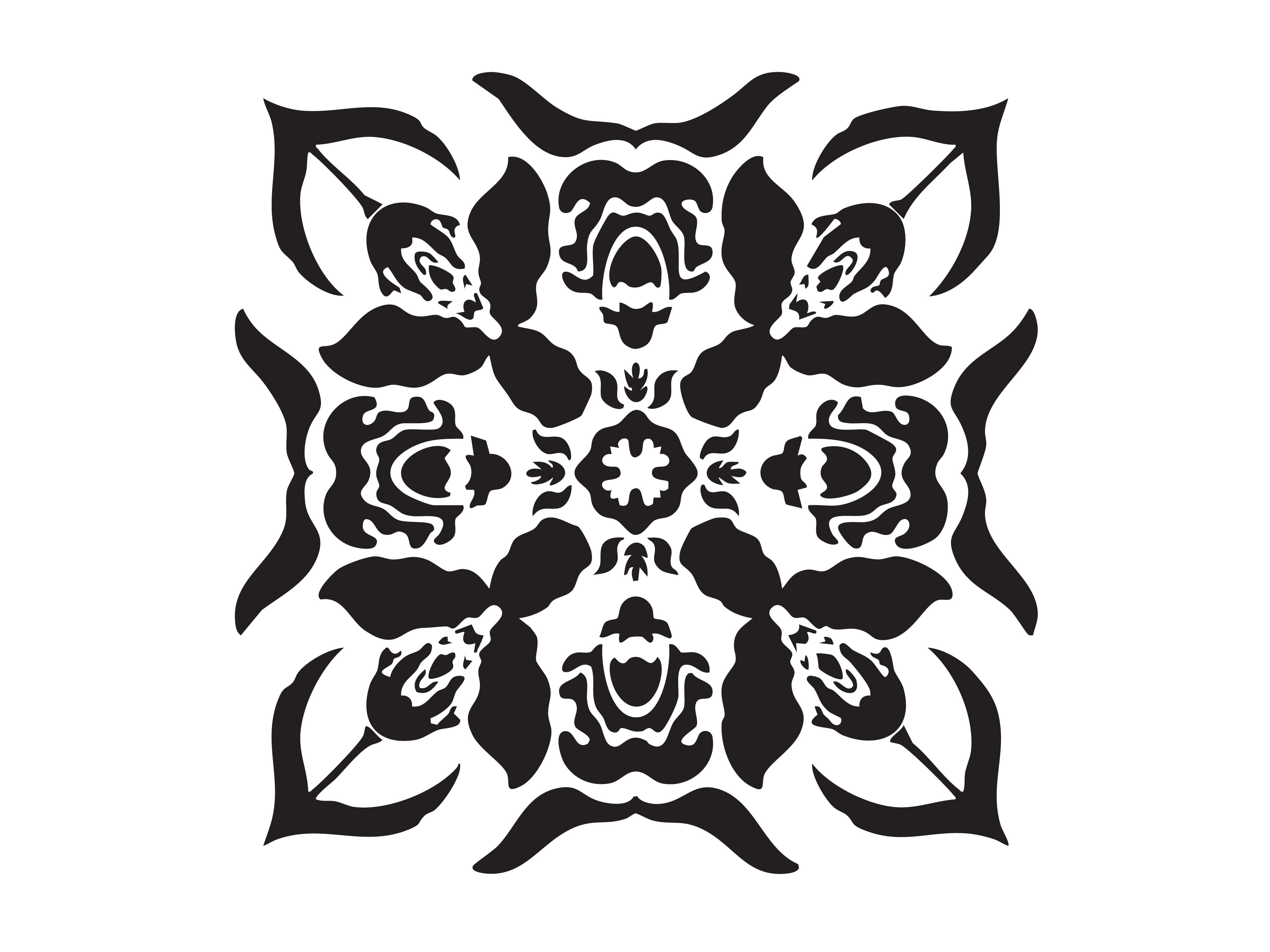
Bee orchid (ophrys apifera)
By mimicking the shape and scent
of bees, bee orchids lure them into ‘pseudocopulation’, where the male insect attempts to mate with the flower.
#Biomimicry#

Birds of Paradise (Strelitzia reginae)
The flower structure evolved to be pollinated by birds, with a petal that acts as a landing platform, opening only when stepped on.
#Biomimicry#
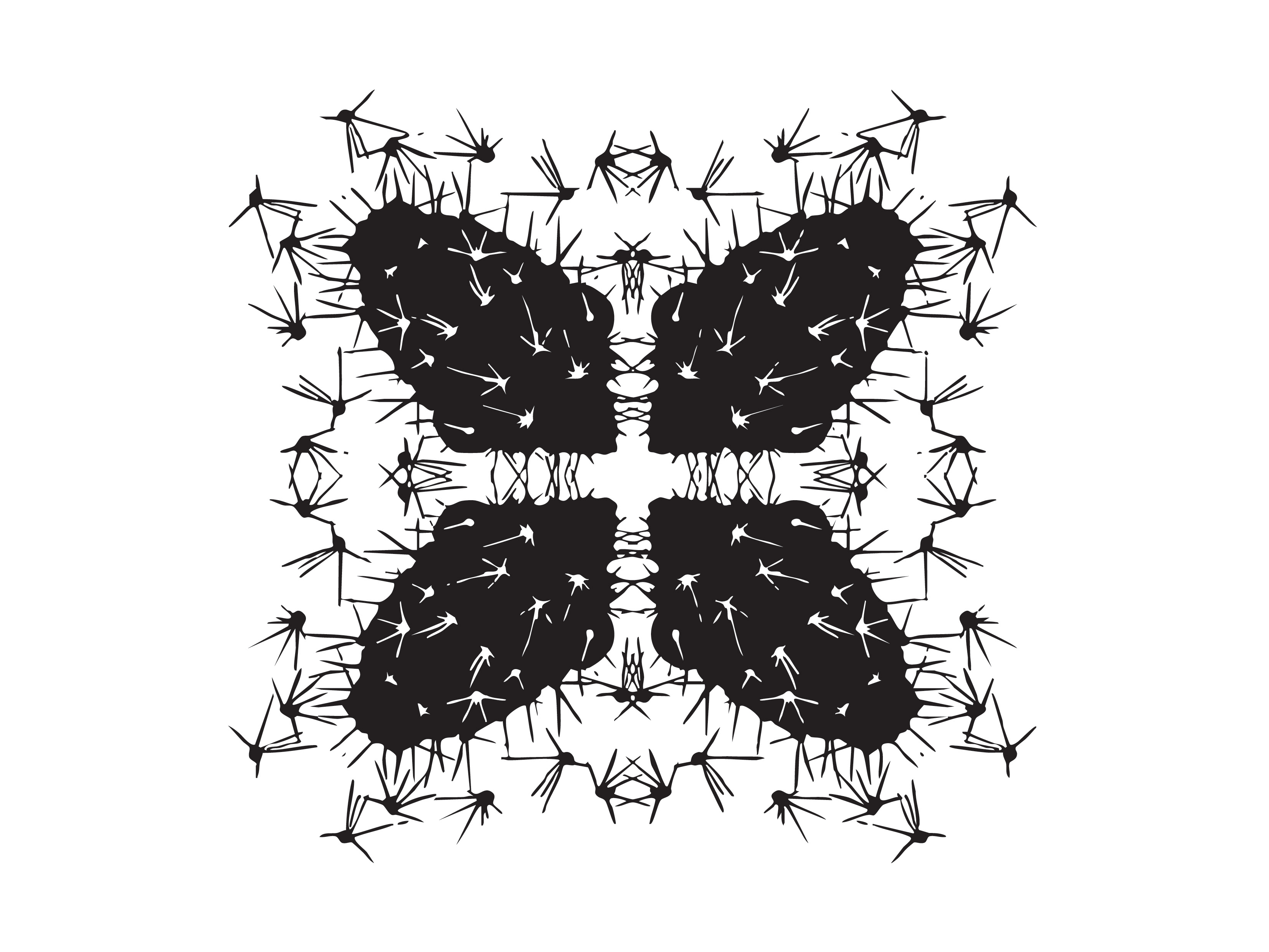
Prickly Pear Cactus (Opuntia spp.)
Uses a modified form of photosynthesis (CAM) to conserve water while reducing heat absorption, making it ideal for dry urban environments.
#Urban Heat and Heat Island Mitigation#

Crape Myrtle (Lagerstroemia indica)
A highly heat-tolerant tree with reflective bark that resists sun damage and a long flowering season that supports pollinators in hot urban areas.
#Urban Heat and Heat Island Mitigation#